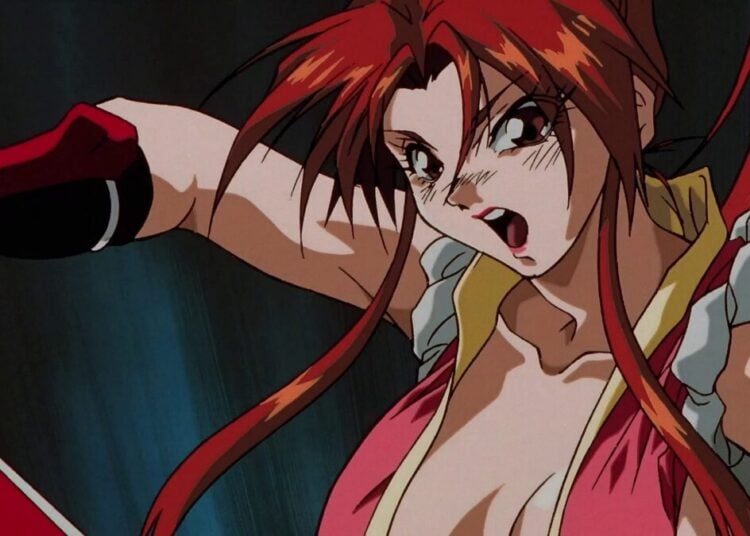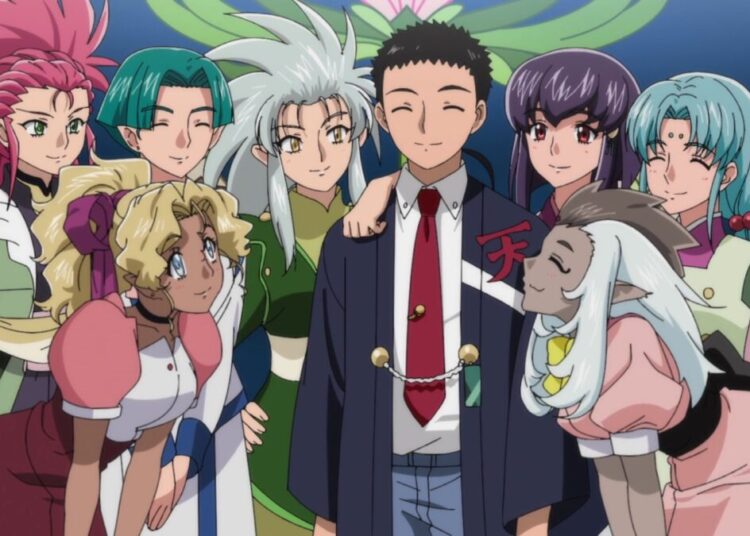The history of Western companies taking inspiration from Japanese media, if not collaborating with the original producers, has seen more than its fair share of hits, misses, and the outright bizarre. In that light, Captain N: The Game Master (1989-91) would fall squarely into that last category. As legendary as it was infamous, however, this was also a taste of things to come. This cartoon helped set the stage for future video game adaptations, well into the modern day.
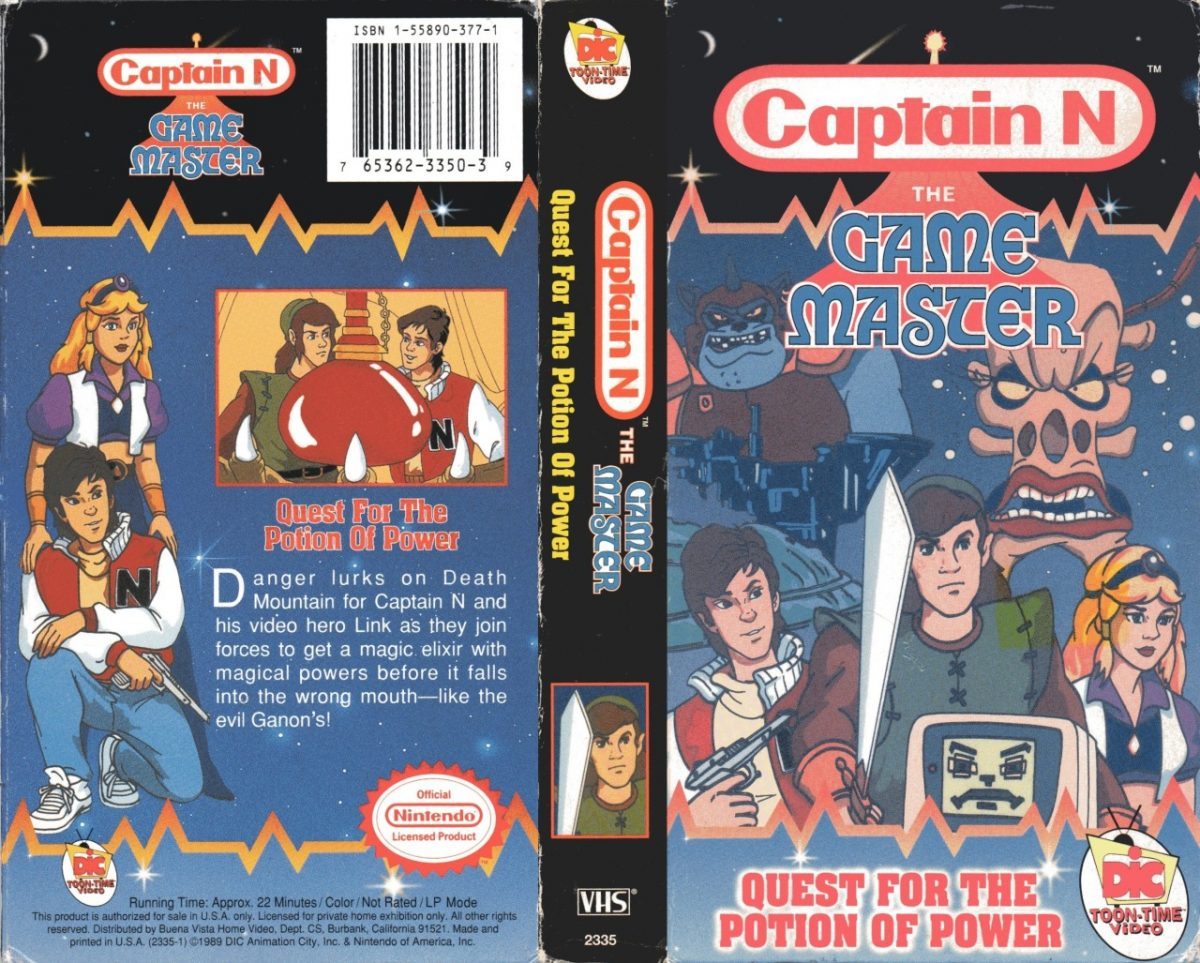
Given the circumstances behind the cartoon’s creation, it’s very much a product of its era. The idea originated from a short story penned by Nintendo Power editor Randy Studdard for the magazine around 1988-89, as well as a nine-page proposal to Nintendo of America. As later recounted by Studdard himself, someone in marketing liked the idea so much that the company offered to take it up, only that he wouldn’t be compensated and credited, which he evidently still feels bitter about. DIC Animation City was soon chosen to produce the show, to be aired by NBC, while the original concept — an average Joe employee gaining superpowers to fight video game villains — was tweaked by network executives to be more kid-friendly and further highlight interactions with video game characters. Despite juggling through legal messes, multiple staff changes, and various outsourcing studios, the rest is history.
From the show’s opening, it doesn’t waste time in reveling in its strongest aspects. (Source: YouTube)
Running for three seasons, with 34 episodes in total, the series has been the subject of both fond nostalgia and mockery over the years. Still, you can’t help but wonder: when you look past the memes, jokes, and rose-tinted reminiscing, does Captain N live up to its reputation?
The short answer is that it does, just not in the way the producers may have intended.
Hijinks in Another World
Kevin Keene (Matt Hill, Dorian Barag in the live-action) is just an average teenager from Northridge, Los Angeles, California. One day, however, he and his dog, Duke, are zapped through a TV to the world of Videoland. Upon meeting Princess Lana (Venus Terzo), he not only finds himself caught in a struggle against the evil Mother Brain (Levi Stubbs of R&B band Four Tops), but also learns that he’s destined by prophecy to be the titular Captain N. Together with a motley band of video game heroes headed by the vainglorious Simon Belmont (Andrew Kavadas), and a special Zapper designed to “dematerialize” foes, the “Game Master” must sally forth to save the various lands from evil.
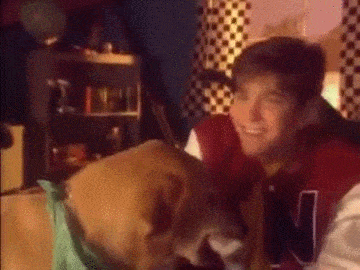
At a glance, Captain N seems not unlike most other Saturday Morning Cartoons of its time, though it did have a few live-action snippets to represent the real world. After the pilot, many of the episodes are so self-contained that you needn’t worry much about things like character arcs or continuity. There’s even product placement aplenty, from the video games being features in each adventure to the NES attachments that the protagonist uses for gear (notably the Zapper), and how one of his sidekicks is a literal Game Boy (Frank Welker).
At the same time, however, the show isn’t without its charm. The episodes themselves, especially in the second season, can be rather creative, whether it be Tetris-inspired escapades, or whatever harebrained schemes the villains come up with for the week. As much as the cast are walking caricatures of the late ’80s, they’re shown to be likable and with some depth, notably Simon being a genuine mentor behind all his bravado. That the titular hero, for all his gaming “skills”, is just an ordinary teen (down to his clumsy mannerisms when talking to the Princess) and gradually develops actual rapport with his friends over the series, also makes him especially relatable to the audience.
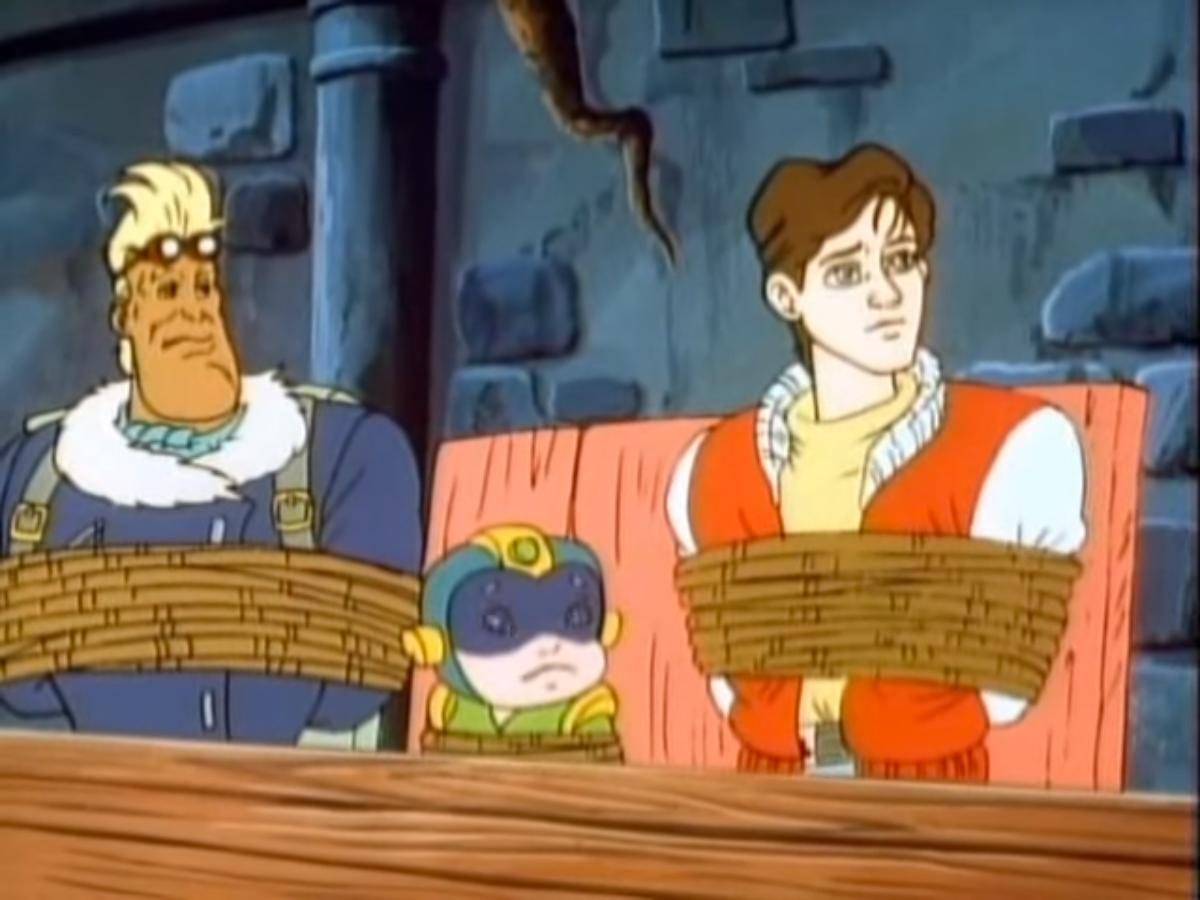
It likewise can’t be understated how Captain N ambitiously tries to be a massive crossover with more titles than what came before. Not only does it feature elements from popular fare such as Castlevania and Metroid, but also more obscure games like Paperboy and The Adventures of Bayou Billy. It notably marks the first time the likes of Mega Man (Doug Parker) and Kid Icarus/Pit (Alessandro Juliani), among others, made their appearance outside the NES. Not only does the concept itself predate Super Smash Bros. and Kingdom Hearts by over a decade, but some of the IPs used would not be properly adapted until much later, if at all. It’s also not often that you get to see the protagonist fighting alongside Link (Jonathan Potts) from The Legend of Zelda against both Mother Brain and Ganon (Len Carlson).
In a sense, the show offered a taste of what would come to fans in due time. As you’d soon discover, however, it comes with a price.
Lost in Translation
A major elephant in the room is how, despite having Nintendo’s backing, Captain N‘s producers clearly didn’t do much research outside of the bare minimum needed for product placement. These creative liberties, if they could be called that, are wide-ranging. The vast majority of the characters are nigh-unrecognizable from their video game counterparts, whether it be Simon being more “mountain climber” than “vampire hunter”, Mega Man as an annoying kid version of the notorious North American box art, or villainous underling King Hippo (Garry Chalk) inexplicably having blue skin. Regardless of it’s poor reference materials, lack of attention or attempts to avoid legal troubles — the insistence on using terms like “dematerialize” likely being a nod to Nintendo’s aversion at the time against terms like “kill” — it’s not hard to see how these helped fuel the show’s infamy down the line.
Even at its most laughable, one can’t fault the show’s voice actors and creative staff for making the most of what they had. (Source: YouTube)
The constant changes in production have also impacted the overall quality of the final product. As a result of different scriptwriters and outsourcing studios being brought in, many episodes after the pilot range wildly from being tolerable to sub-par. That said, the second season, done by the now-defunct Spectrum Animation (run by former TMS Entertainment staff), is generally an exception, featuring Legend of Zelda crossover episodes that had higher productions values and more faithful portrayals of that franchise’s roster. Moreover, while the voice acting wears its cheese on its sleeve, the cast nonetheless comes off as enjoying their respective roles, making each adventure feel energetic.
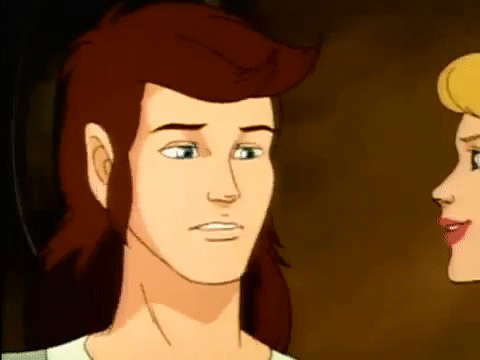
It’s little wonder, then, how Captain N became as popular as it had back then, despite the notoriety it was already garnering among gamers. It even had a comic book adaptation published by Valiant Comics, which took a more serious tone. What finally brought it down, however, wasn’t so much the show’s quality, but rather corporate meddling from NBC. As the landscape of Saturday Morning Cartoons was changing in the early ’90s, animated takes on video games were increasingly seen as less worthwhile. Not only did this lead to reduced budgets, but also the drop in production values seen by the final season (with episodes trimmed down to a run-time of 11 minutes each). Though the series made its way into syndication alongside other shows like Super Mario World (1991), and was even released on DVD in 2007 (albeit with some omissions), it ultimately slid into obscurity.
Nowadays, you’d be more likely to have heard of Captain N from the memes that have persisted into the present, and from discussions about the show on YouTube, than anything else. Yet even now, it can be hard to believe that works as varied as Wreck it Ralph (2012) Netflix’s Castlevania (2017 onwards) could trace a lineage back, even indirectly, to this bizarre chapter in Nintendo’s history.


